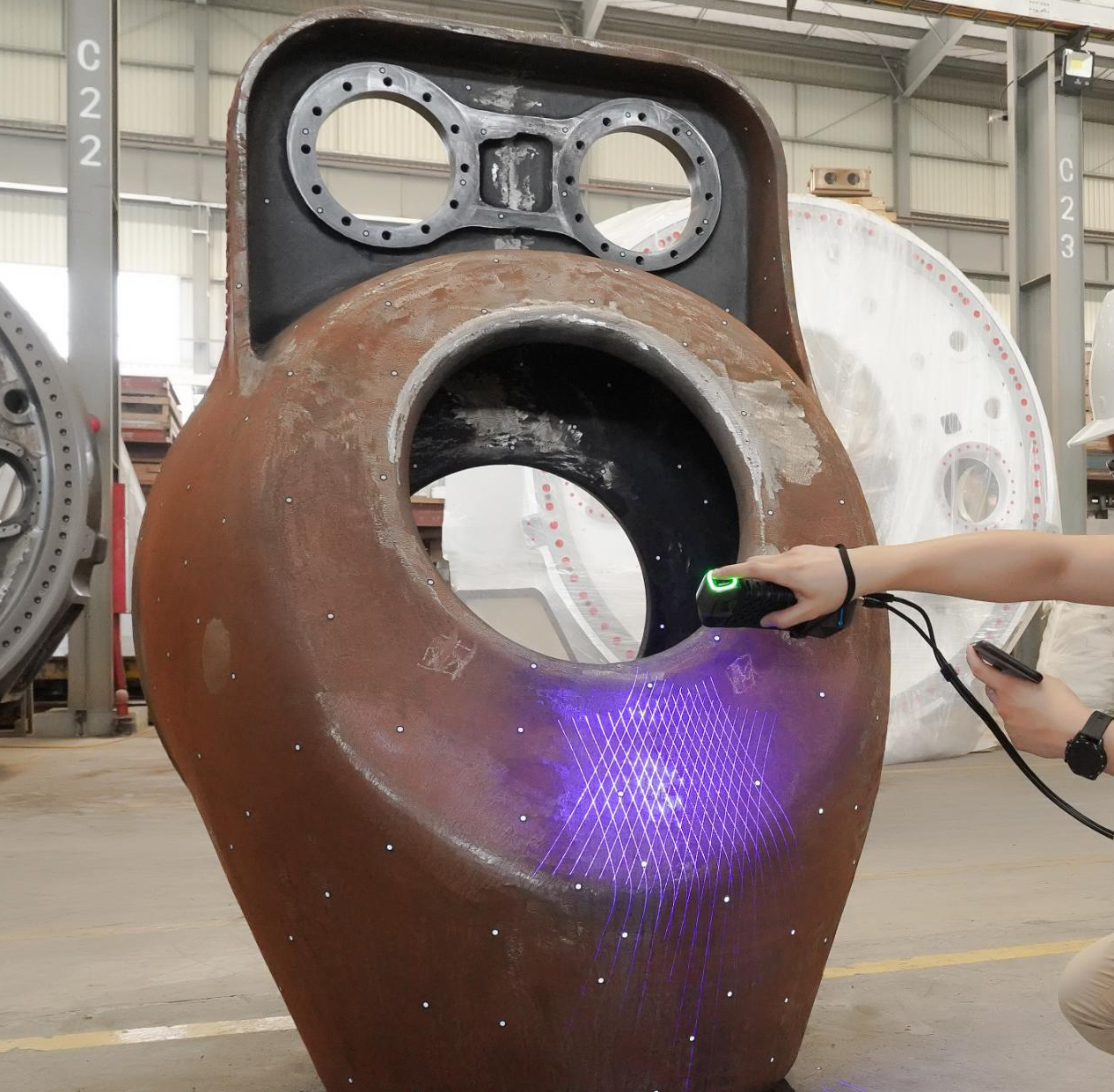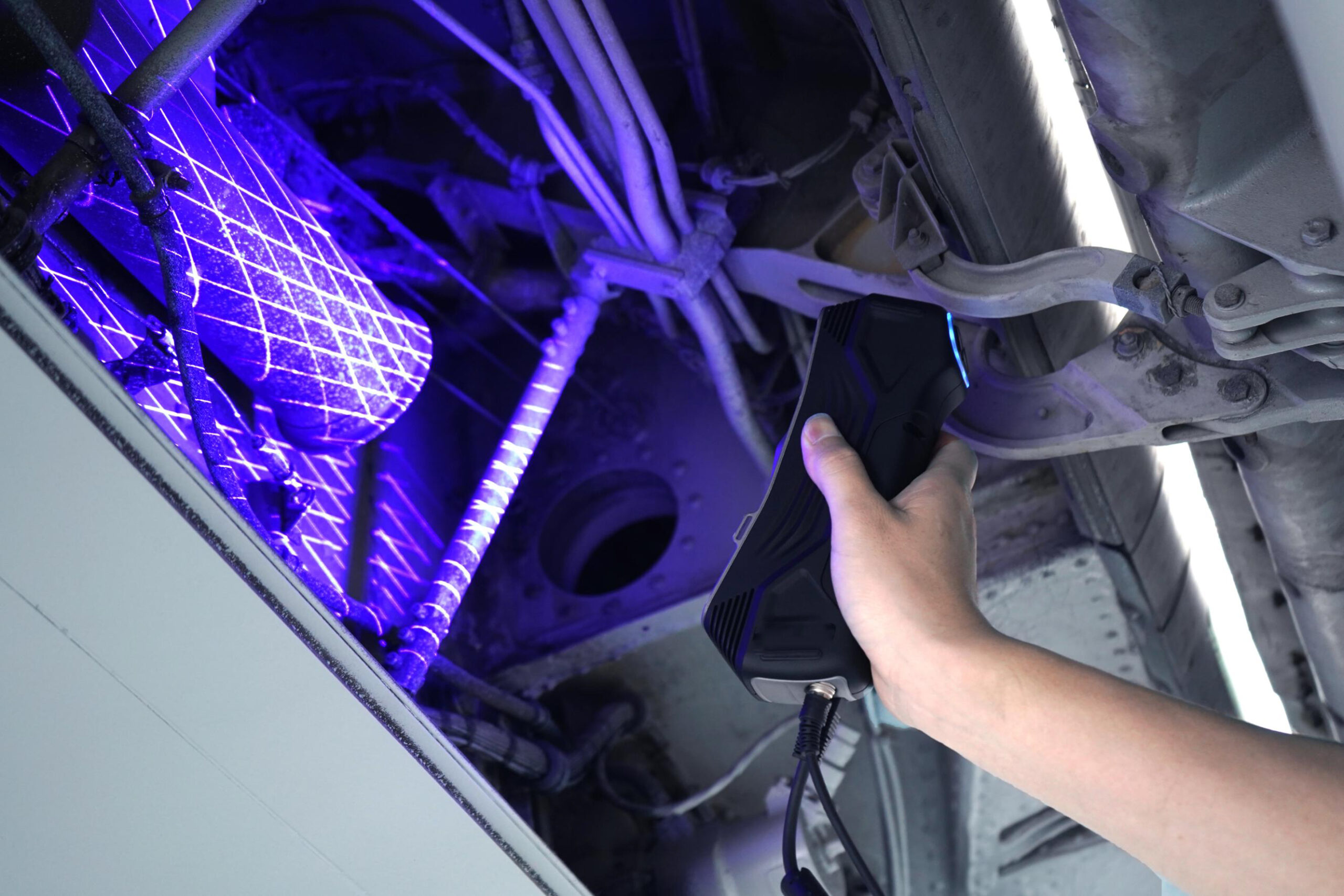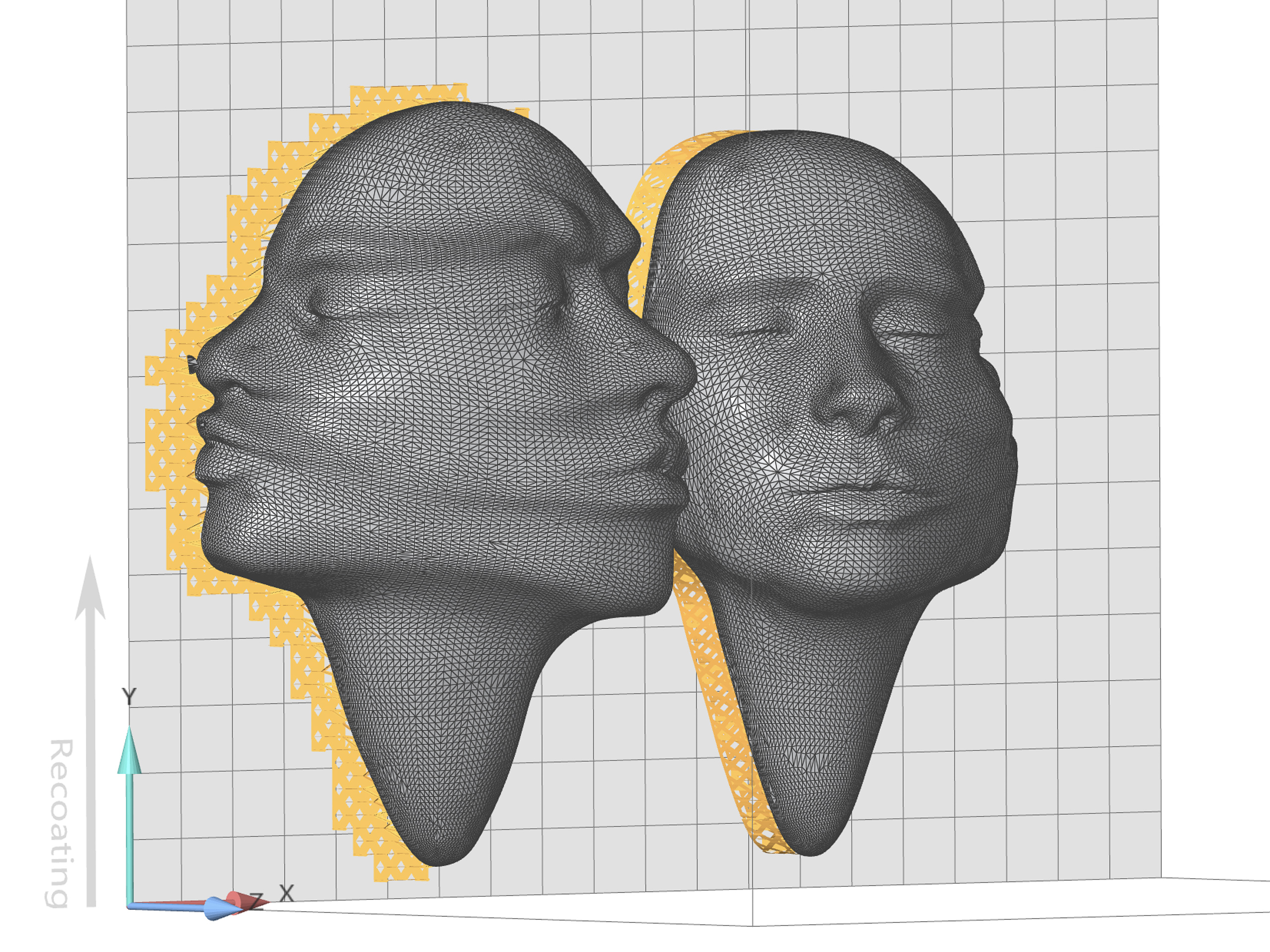Case Study: Reverse Engineering With 3D Scanning, 3D Printing and CNC Machining
Our Engineering Department at 3D Vector Inc. often gets requests from our Canadian, American and European clients to reverse engineer a part or a product to discover the concepts involved in its fabrication, with the goal of producing a similar product or improving upon an existing one. Although this definition is widely accepted for reverse engineering, there exist numerous other motivations for employing the approach of reverse engineering. Innovation frequently arises from simple modifications or augmentations to existing products. For instance, in the realm of chemistry, it enables the creation of novel molecular compounds. Similarly, in electronics, it facilitates the replication of printed circuit boards, while in software development, it aids in recreating firmware, back-end architectures, and user interfaces.
There are numerous compelling reasons behind the reverse engineering of mechanical components in hardware:
Add-ons: Within product development, existing components often undergo remodeling to create complementary or aftermarket items. This includes customizations, repairs, or alterations to fit them into new assemblies.
Product Improvements: Deconstructing and analyzing existing components can lead to enhancements in manufacturing and assembly processes. This can result in cost reduction through adjustments in geometric dimensioning, tolerances, and constraints, as well as optimization of structural geometry for lightweighting. Redesigning components can also streamline manufacturing processes, aid assembly, and improve functionality and durability.
Innovation Spark: Disassembling existing devices to understand their intricate workings can inspire radical innovations, providing insights into new design possibilities.
Learning from Nature: Exploring natural systems like biological structures and behaviors (biomimicry) can serve as inspiration for novel inventions. By imitating elements from nature, new innovations can be developed.
Competitive Insights: Reverse engineering allows companies to gain insights into their competitors’ products, understanding their components and assembly. This knowledge aids in evaluating value for money, enhancing supply-chain integration, and refining business strategies.
Resurrection and Revival: In instances where original equipment manufacturer (OEM) blueprints or CAD data are unavailable due to business closure, reverse engineering becomes essential. It enables the revival of lost items, such as antique or retro cars needing replacement parts. It also facilitates the revival of discontinued product lines with expired patents, making them relevant for contemporary audiences.
Historical Archiving: Reverse engineering preserves the legacy of products manufactured before the digital era. By creating digital twins from physical instances, companies can recreate and archive lost items, ensuring their complete product legacy endures.
Overall, reverse engineering in hardware serves multifaceted purposes, from driving innovation and cost reduction to preserving historical artifacts and reviving outdated products for modern use.
Presently, engineers benefit from an array of advanced tools such as 3D scanners and digital fabrication tools like 3D printers, significantly enhancing their capabilities compared to any previous era.
Utilizing 3D Printers in Reverse Engineering
Employing 3D printing in the reverse engineering process allows designers to gain a comprehensive understanding of the intricacies and specifications vital for the success of their creations. Moreover, it facilitates rapid iterations and even enables the production of end-use parts through this technology.
Stereolithography (SLA) resin 3D printers utilize a laser to solidify liquid resin into durable plastic via photopolymerization. Among plastic 3D printing methods, SLA stands out for its superior resolution, accuracy, intricate detailing, and exceptionally smooth surface finish. Additionally, it offers a diverse range of material choices.
SLA proves particularly beneficial for crafting detailed prototypes that demand precise tolerances and flawless surfaces, such as molds, patterns, and functional parts. This technology finds application across various industries, including engineering, product design, manufacturing, dentistry, jewelry production, model crafting, and educational purposes.
Compact SLA 3D printers like the Formlabs Form 3+ provide a potent yet cost-effective solution for most reverse engineering endeavors, while larger resin printers such as the Formlabs Form 3L support even more extensive projects.
These desktop SLA 3D printers are ideally suited to translate reverse-engineered designs into tangible, physical parts.
SLS 3D Printers
Selective laser sintering (SLS) represents the prevailing additive manufacturing method for industrial uses, renowned for its capacity to generate sturdy, functional parts, earning trust among engineers and manufacturers across diverse sectors.
SLS 3D printers utilize a high-powered laser to fuse tiny particles of polymer powder together. The unbound powder serves as support during printing, eliminating the need for specific support structures. This characteristic makes SLS particularly adept at crafting intricate geometries, encompassing interior features, undercuts, thin walls, and negative elements. SLS-printed parts boast outstanding mechanical properties, mirroring the strength found in injection-molded components.
CNC Machining and Reverse Engineering
CNC (Computer Numerical Control) machining involves the use of computerized systems to control machine tools, enabling precise and efficient manufacturing processes. It allows for the creation of complex parts and components by following specific digital instructions, transforming raw materials into finished products. CNC machining operates across various industries, including aerospace, automotive, healthcare, and electronics, due to its high accuracy and repeatability. The process involves programming the machine to execute precise movements and cuts, resulting in intricate shapes and designs. Reverse engineering, on the other hand, involves dissecting and analyzing existing objects or components to understand their structure, function, and design principles. By using techniques like 3D scanning and CAD modeling, reverse engineering reconstructs digital representations of physical objects. CNC machining plays a pivotal role in reverse engineering as it enables the replication or modification of parts based on the obtained digital models. This method facilitates the reproduction of discontinued parts, repair of existing components, or redesigning elements for enhanced performance. CNC machines accurately translate the digital models generated through reverse engineering into tangible items, maintaining precision and consistency. The combination of CNC machining and reverse engineering empowers industries to innovate, optimize manufacturing processes, and maintain legacy systems or products efficiently.









